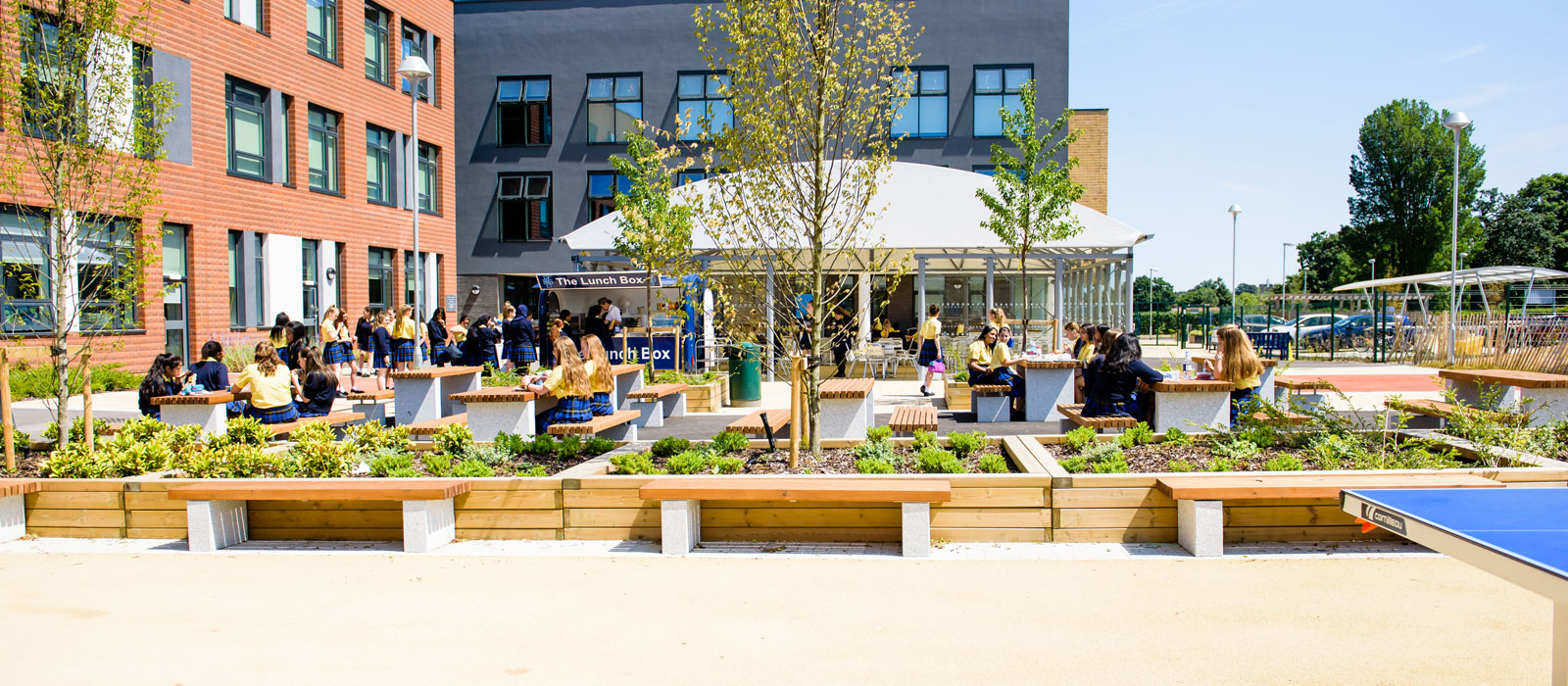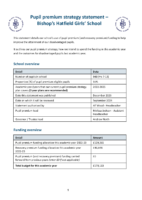Pupil Premium
In April 2011 the Government introduced the Pupil Premium (PP), funding which is additional to main school funding.
The purpose of the Pupil Premium is to narrow, and eventually close, the attainment gap between pupils from low income families and their peers; schools have the freedom to spend this funding as they think best based upon their knowledge of pupil needs.
It is allocated to the school to work with pupils who have been registered for Free School Meals (FSM) at any point in the last 6 years (the “ever 6” rule). The school also receives funding for pupils who have been or are currently Looked after Children, adopted children and children of service personnel. As a school we are able to use this funding to address any underlying inequalities and/or disadvantages that pupils may face from belonging to any of the aforementioned demographics.
The statement below details our school’s use of pupil premium (and recovery premium for the 2021 to 2022 academic year) funding to help improve the attainment of our disadvantaged pupils.
It outlines our pupil premium strategy, how we intend to spend the funding in this academic year and the effect that last year’s spending of pupil premium had within our school.






